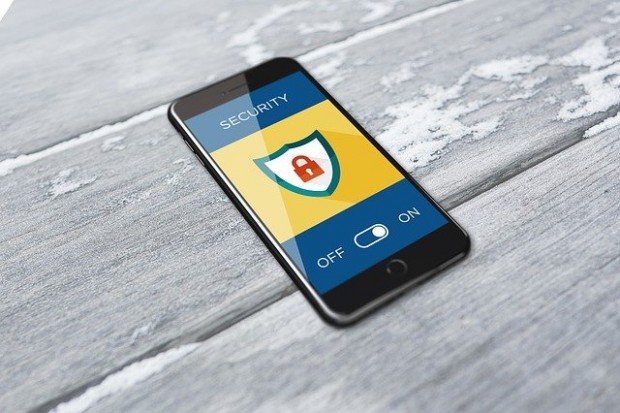An Explanation of Continuous Authentication
Continuous authentication is a more advanced way of verifying the identity of users. Unlike conventional systems that require users to log in once, continuous authentication re-verifies their identity throughout the session. Once a user has authenticated with 2FA, continuous authentication takes over to monitor the risk level. Continuous authentication monitors a range of factors for continuous authentication, including proximity, location, time, motion, and mouse & keyboard activity.
Benefits of Continuous Authentication
Continuous authentication is an authentication process, which continuously follows users through a checkpoint until they have left the secure area. This is in contrast with static authentication, which only checks the user once. The system will lock itself when the risk factor is measured no longer acceptable by continuously authenticating the user's identity. This has more benefits than authenticating once, especially since the system will lock itself when the risk factor is no longer acceptable.
Traditional 2FA is like is like a check-in at the gate, but then no one checks anything after. That's a major problem because security is only at the "front door" and not throughout the entire process.
Continuous authentication is a better way of doing security because the security check is ongoing, at all levels, with vigilance and discipline. Continuous authentication is much more convenient and seamless for the user. The authentication mechanism will not interrupt the user's workflow after logging in while maintaining strong security measures.
The user experience is much better with continuous authentication. After successfully logging in, the user's productivity will not be interrupted, yet they will still enjoy the benefits of more secure authentication. When a user leaves the system idle, an inactivity timeout will often lock the system and make the system subject to account hijacking and other threats.
Without continuous authentication, inactivity timeouts are often too short, and hence users frequently get locked out while working, interrupting and frustrating their workflow. This creates a "no-win" situation.
Types of Continuous Authentication
Some types of continuous authentication solutions are more advanced than others. An early form of continuous authentication was using a heat sensor to detect if someone was still present in front of the computer. The drawbacks of this method include the lack of an identity management solution and the need for a user to sit directly in front of their computer. This continuous authentication method only worked in specific situations and wasn't reliable. An enterprise organization requires more dynamic and secure technology.
Time and location considerations are more commonly used for continuous authentication. However, they make it impossible to use continuous authentication in changing situations. Still, many businesses find that a baseline level of continuous authentication helps deter fraudulent behavior. Risk engines can make use of keyboard cadence and mouse movement data, which are more advanced elements.
Using a hardware component, such as a security key, can help create a more advanced and secure type of continuous authentication. Computers require tokens to be always plugged in them. Other tokens employ nearness, making it easier to conduct continuous authentication. For a user to log in, they must have a nearby device. The system constantly looks for the security key's signal in the local area. If the security token is missing, the computer will immediately lock. Google's research discovered that a security key was the most effective way to prevent numerous account takeover threats.
Users can now login to their account with just a single touch of their USB key. Now users can their data instantly and effortlessly, without the hassle of login latency. Empower your workstations with continuous authentication to protect them from cyber threats.
Visit Gatekeeper to learn more about continuous authentication. Secure corporate assets with automated identity and access management.
See Now: NASA's Juno Spacecraft's Rendezvous With Jupiter's Mammoth Cyclone
* This is a contributed article and this content does not necessarily represent the views of scienceworldreport.com





Join the Conversation